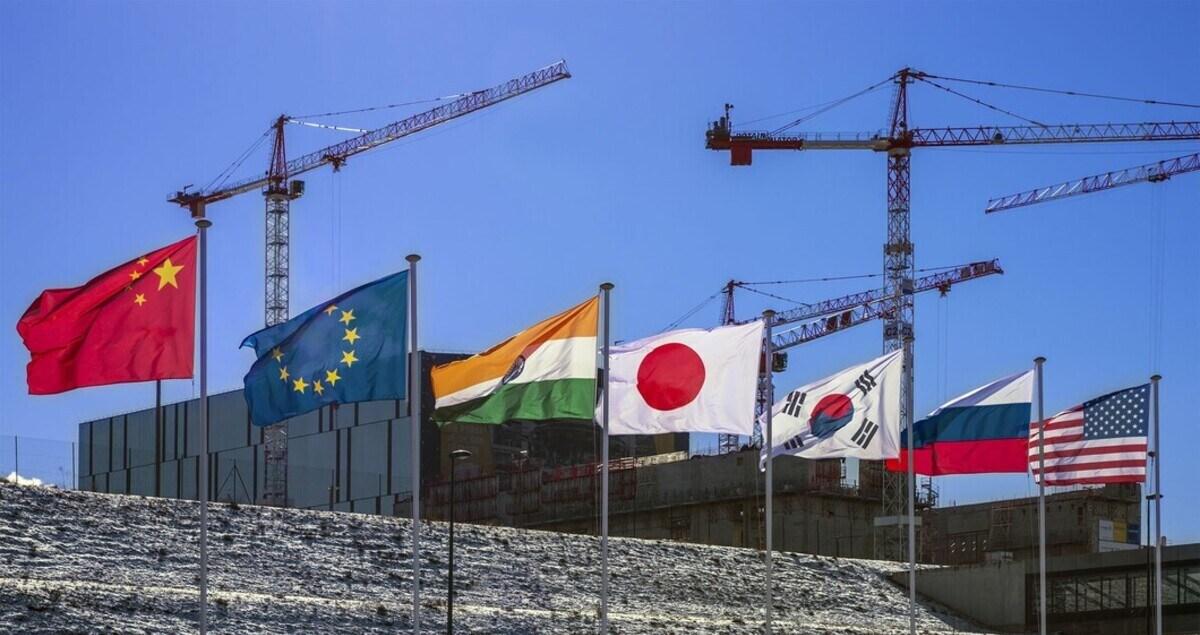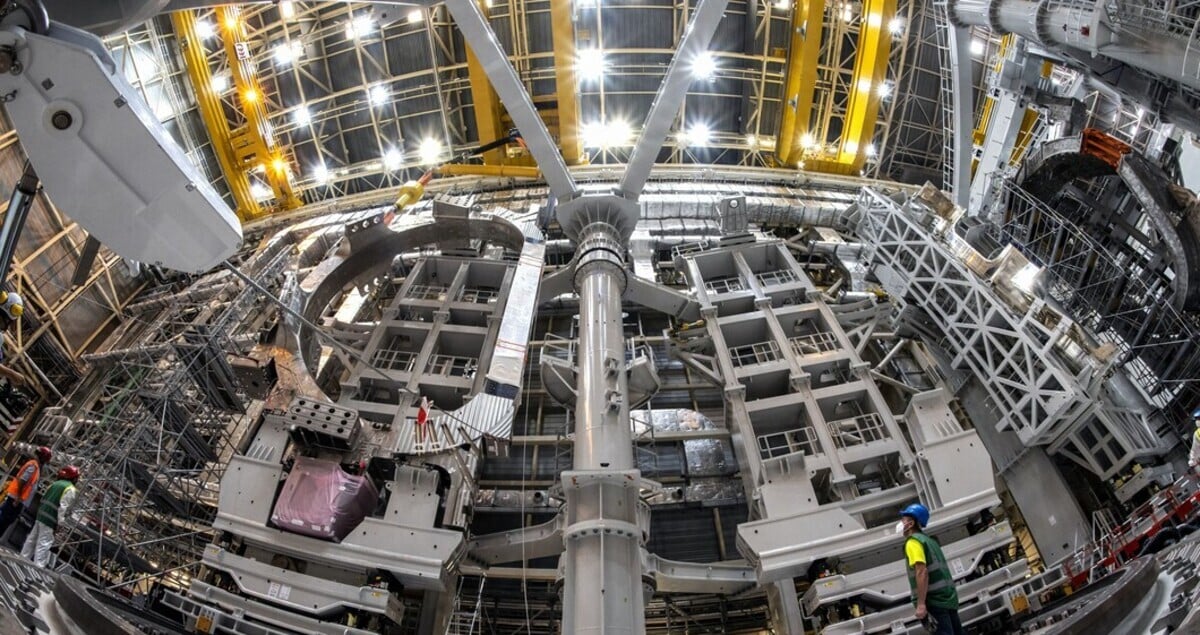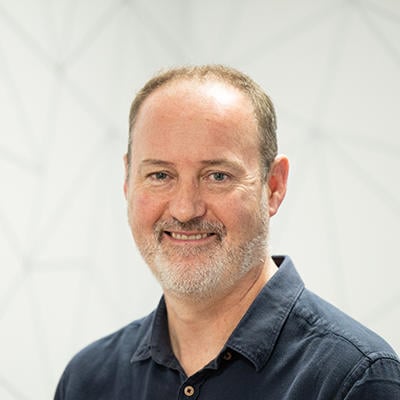Nuclear fusion: International cooperation and the ITER prize

If you want to go fast, go on your own. If you want to go far, go together.
This proverb encapsulates the unique spirit of international collaboration at the giant ITER fusion reactor, currently under construction in southern France, says Takayoshi Omae, Chief Strategist at ITER.
The project has forged some unlikely alliances, with signatories from China, the EU, India, Japan, Korea, Russia and the US; more than 30 countries are working in harmony to create the world’s largest tokamak – a magnetic fusion device designed to produce carbon-free energy using the same principle that powers the sun.
Once the reactor comes online in 2025, it will be the result of the largest international cooperation of any project on Earth, explains Omae; adding that the International Space Station is larger, but is not technically on Earth. So why has the lure of the ITER machine brought together such an international mix of scientists, engineers and administrators?
People fusion
Nuclear fusion, which is also known as hydrogen fusion because of its use of hydrogen isotopes, could provide an almost limitless supply of clean, safe energy to power our net-zero ambitions. If this sounds like energy’s ultimate prize, that’s because it is.
ITER – Latin for The Way – aims to demonstrate fusion’s potential. The project’s origins date back 35 years to the post-Cold War era of Mikhail Gorbachev and Ronald Reagan, when geopolitical collaboration began to supersede confrontation.
In the intervening years, the science underpinning tokamak reactors has been proven and brought to life on a small scale. But for energy from nuclear fusion to work commercially, it needs to go big.
The ITER machine will operate on an unprecedented scale. And despite its history, the project is all about the future.

Own the goal
The machine’s construction, operating and decommissioning costs are shared between the seven signatories of the ITER Agreement.
And, with 20 years of tests planned for the machine, these members will also reap the rewards of the experiment. But the benefits of realizing clean and plentiful energy from nuclear fusion are global.
“Solving the global agenda is not one country’s responsibility. We are all working to realize fusion energy and because it is a joint effort, the benefits will be shared jointly,” explains Omae.
No one country heads the project and national boundaries are not a consideration when making major decisions. With everyone working toward a single goal, challenges and differences of opinion are discussed and resolved on a practical level.
“We don't instruct, there is no enforcement, we discuss and we believe there is an engineering solution for these challenges,” says Omae.
“What’s important is not necessarily the skills of management, but the capacity of leadership,” he adds.
Magnetic superpowers
Around 90% of the contribution of ITER members consists of delivering manufactured systems or components, instead of direct finance.
Japan will supply nine of 19 – including one spare – giant toroidal superconducting magnets, or toroidal field coils, needed to create a powerful magnetic field that contains plasma within the machine and ensures fusion reactions can happen. Each magnet is the equivalent size to a five or six-story building – 16.5 meters tall and 9 meters wide – and weighs 310 tonnes. This makes the ITER magnets the most powerful superconductive magnets ever designed.
Meanwhile, China has supplied six toroidal field coil conductors, Russia is producing one of six poloidal field coils and various electro-technical components that form the switching networks and other components, while the US contribution includes work on the tokamak’s cooling systems and the diagnostics system to optimize plasma performance.
Working with Japan’s National Institute of Quantum and Radiological Science and Technology (QST), Mitsubishi Heavy Industries (MHI) Group has completed construction of four of the eight donut-shaped magnets that Japan will contribute to the project. A fifth magnet is under construction by MHI, which will be held as a spare.
The world’s largest five-axis machining equipment was developed to make the coiling equipment, and specially designed large-scale X-ray machines and ultrasonic test equipment were used to inspect nuclear reactor vessels.
ITER will be the first nuclear fusion reactor to produce net energy when it goes online in 2025 and could represent a step change for a carbon neutral world. It also offers hope for better international relations in the future.
“The success of ITER will be proof of humankind’s scientific and engineering capacity,” says Omae.
- “But also our capacity to collaborate on a superior mission, one that goes beyond national boundaries to resolve the global agenda.”
Discover more about MHI's contribution to the world's largest fusion project





